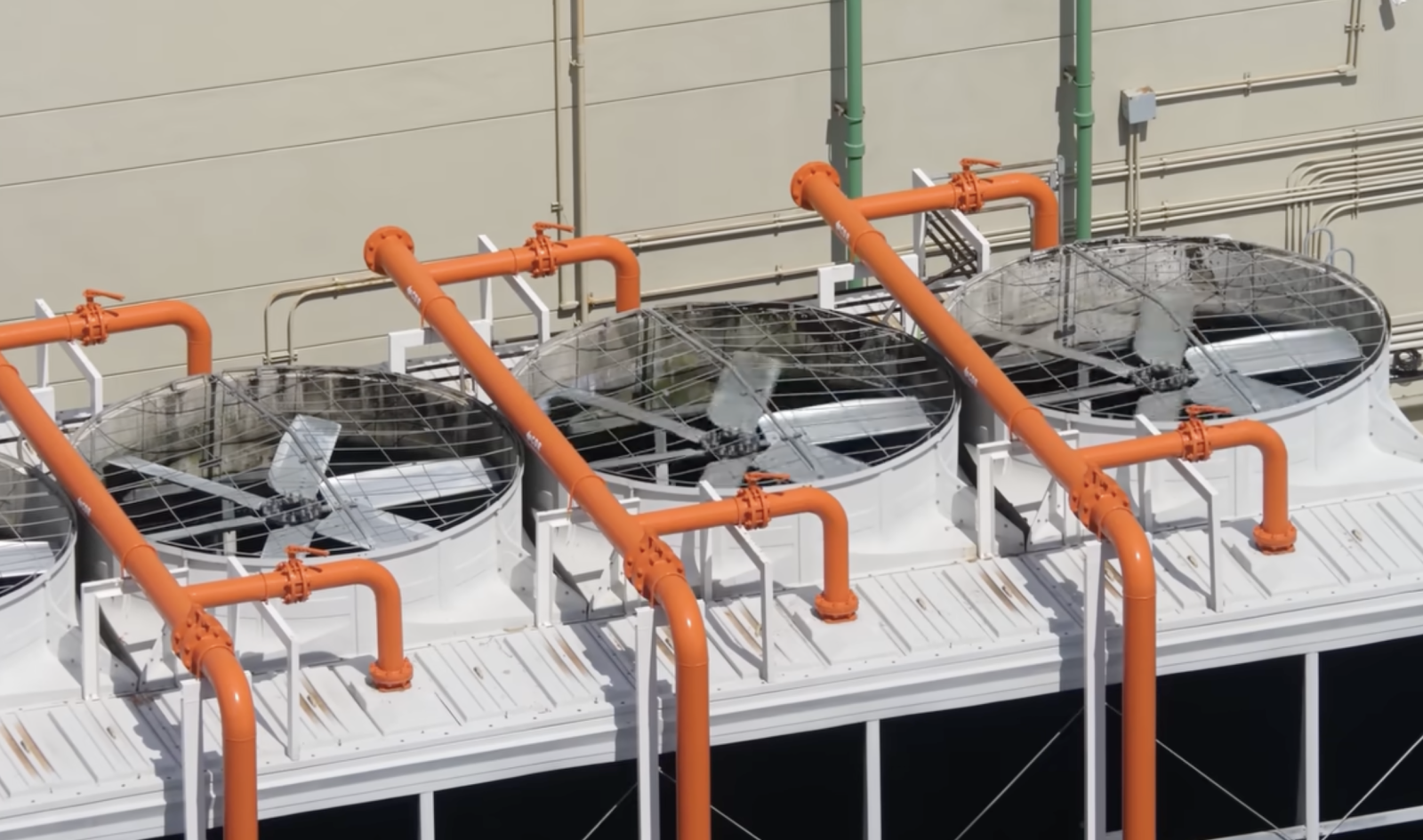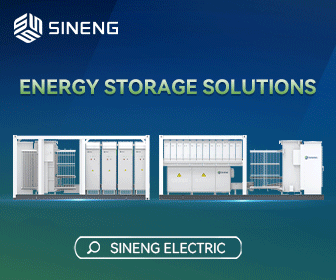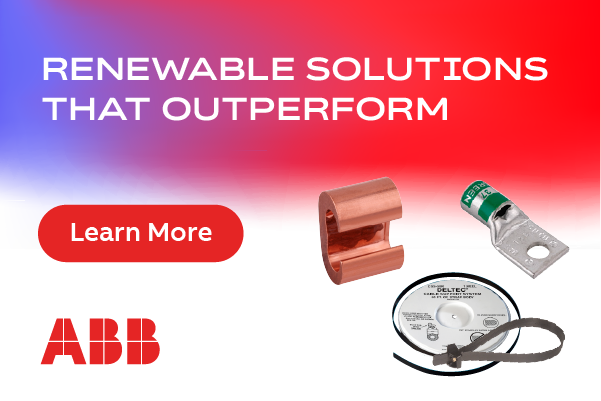Ensuring Reliability in Energy Storage: The importance of advanced temperature control
Energy storage is a critical component of the renewable energy sector, playing a crucial role in balancing supply and demand, enhancing grid stability, and facilitating the integration of renewable energy sources like solar and wind into the power grid. The most common batteries used in energy storage are Lithium-ion batteries. However, with demand for lithium-ion batteries projected to grow 30 percent annually through 2030, concerns of fire risk related to their widespread use have emerged. The key to addressing these fire concerns lies in the innovation of thermal management solutions and strategies that can enhance the safety and efficiency of these energy storage systems. With a near-future so heavily reliant on energy storage, this innovation in thermal management has never been more important.
Fire risks
Lithium-ion batteries are preferred for their high energy density and efficiency, but they are also prone to such fire risks as Thermal Runaway, a process accelerated by increased temperature, in turn releasing energy that further increases the temperature, leading to an exponential rise in temperature and potential fire or explosion. This can be initiated by overcharging, physical damage, or manufacturing defects in the energy-storage systems. Another risk involves Internal Short Circuits, those defects or damage within the battery that can lead to excessive heat generation and potential fires. External Factors also play a role in associated fire risks; a poorly designed system, inadequate cooling, or environmental stressors (e.g., high ambient temperatures over an extended period) can exacerbate these issues.
A preventive approach
A properly engineered thermal management system should enhance energy efficiency and keep the energy storage system clean and operational, mitigating the risk of potential fires. From the frigid conditions of Alaska to the sweltering heat of the Sahara, properly maintaining the temperatures inside an energy storage system is critical.

In many cases, Battery Energy Storage Systems (BESS) are containerized systems compromised of batteries and electronics which need to be cooled. Typically, thermal management will directly cool the primary components (>80 percent of the heat load), and conditioned air will indirectly cool the secondary components. The heat loads and temperature-control requirements often necessitate at least some direct cooling, but this approach utilizing indirect cooling simplifies the design greatly by eliminating the need to contact all components. Technology Options include:
-
Environmental Control Units (ECUs):
ECUs, or rugged air conditioners, are used significantly in electronics applications such as military edge computing, control systems, and large shelters housing both people and electronics. For secondary components in energy-storage systems, ECUs can provide controlled air temperature to keep all the low-power components at safe operating temperatures. Utilizing vapor compression technology, the air can be tailored to specific temperatures, even cooling below ambient air temperature. This scalable technology has standard capacities ranging from 1 to 12 tons (3.5kW to 42.2kW), which can be modified appropriately for a given system. ECUs are designed to withstand some of the harshest conditions in the world, able to meet salt/fog, dust, debris, and shock/vibration testing requirements.
-
Chillers
Chillers, like ECUs, leverage vapor compression technology to provide sub-ambient temperatures. The difference is that the chiller’s compressor cools a liquid which is then deployed to the system for direct cooling. Chillers are typically housed outside the BESS to reject waste heat to the ambient air, and can be ruggedized and scaled to application requirements. The temperature control supplied by these chillers enables the effectiveness of direct-to-component cooling loops as described below.
-
Direct Cooling – Single Phase
Pumped liquid loops are often considered for energy storage applications, providing high heat transfer rates and overall cooling capacity. With proper manifolding, it is also possible to achieve relatively consistent temperature across components. In most cases, glycol-water fluids are used; these provide high heat transfer coefficients, but are not ideal in the event of a leak due to their high electrical conductivity. Outside of the chiller, the performance driver is typically the cold plate design, which provides the thermal link from the fluid to the components. The primary goal is to minimize the size of these cold plates (especially in terms of thickness) to maximize the energy storage capacity of a single container.
-
Direct Cooling - Pumped Two-Phase:
Pumped two-phase cooling is similar schematically to single-phase cooling, but it runs at lower flow rates, enabling boiling when in contact with heat sources. This phase change leverages a fluid’s high latent heat of vaporization to provide extremely high heat transfer coefficients. The thermal performance benefits of two-phase flow have been well researched, but there are significant benefits specific to BESS:
-
The use of dielectric fluids. By leveraging the high heat transfer rates of boiling, inferior working fluids can achieve similar performance as their single-phase counterparts. This opens the design space to use dielectric working fluids, creating a significant improvement in safety.
-
Isothermality in a two-phase system, a constant temperature can be maintained across large cold plates or a series of cold plates. This is crucial to maximizing product life and minimizing temperature-related degradation. In single-phase systems, waste heat increases fluid temperature so downstream components will naturally have higher temperatures. In two-phase systems, the heat is absorbed, and the quality (liquid-to-vapor ratio) of the fluid is altered.
-
Packaging the two-phase approach uses lower flow rates and smaller pumps, significantly reducing parasitic loads and increasing the BESS’s full-cycle efficiency. This can lead to added redundancy, increasing the service life of smaller-form-factor systems. In certain scenarios, you can even reduce cold plate thickness due to improved thermal performance, adding flexibility to rack design.
There are many other options to explore, including passive solutions, but the waste heat loads and environments in which these units are housed often lead to a combination of sub-ambient air cooling and active solutions. Further advancements include hybrid systems with eco-mode during cool ambient conditions, which can generate similar performance and reliability but lower operational energy consumption.

Advanced temperature monitoring and control systems
Temperature monitoring and control systems tailored to enhance safety and efficiency are essential to energy-storage systems. These solutions are meticulously designed to tackle the thermal challenges associated with high-density battery configurations, ensuring they perform optimally and last longer. Through the integration of advanced sensors and real-time data analytics, these systems deliver accurate temperature readings and predictive insights, enabling proactive thermal management. This ensures that investments in energy storage are safeguarded, operating safely, and achieving peak efficiency.
Bryan Muzyka is VP of Sales and Marketing at Advanced Cooling Technologies, a thermal management solutions company focusing on custom applications of single and two-phase heat transfer technology.
Advanced Cooling Technologies | www.1-act.com
Author: Bryan Muzyka
Volume: 2024 September/October









